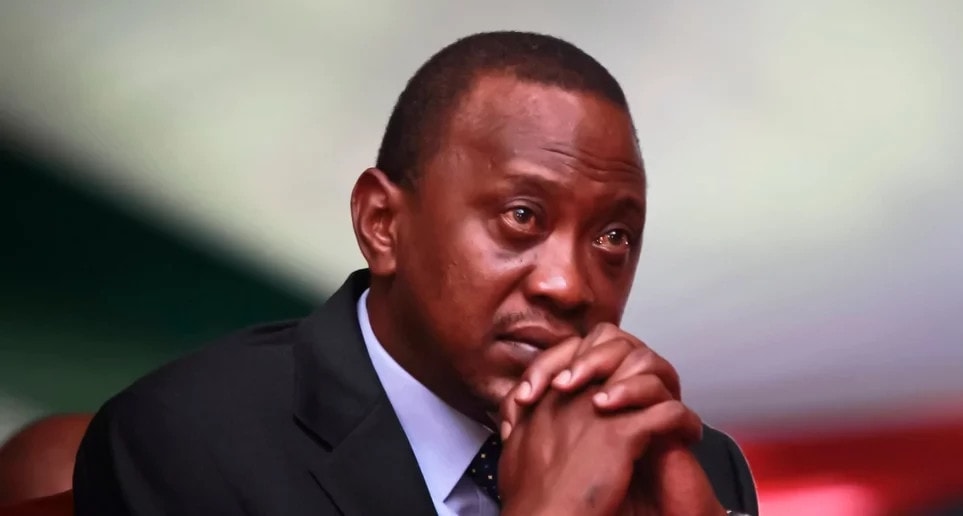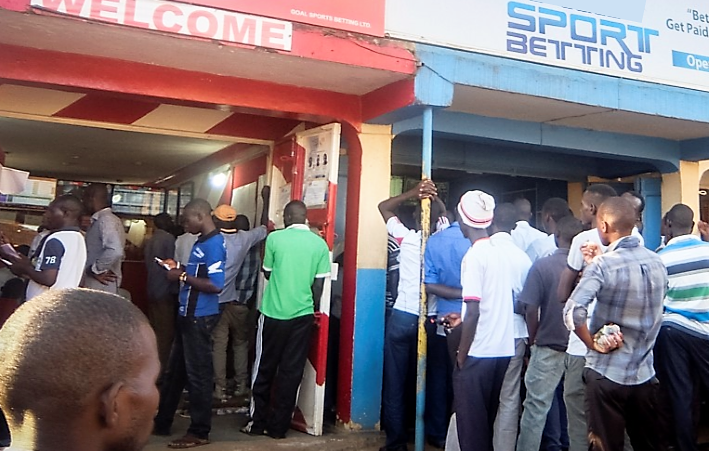President Uhuru Kenyatta
The Jubilee administration looks set to borrow an average of KSh2.5 billion (UShs 85.5 billion) daily before the end of President Uhuru Kenyatta’s final term in August 2022, highlighting its growing appetite for foreign debt, Business Daily reports.
Treasury chiefs project in a draft Budget Review and Outlook Paper new loans of KSh1.87 trillion in the two years to June 2020 or KSh2.5 billion daily, pushing Kenya’s debt to KSh8.06 trillion.
If that comes to pass, Mr Kenyatta will have borrowed at least KSh6.1 trillion to implement his manifesto in 10 years in power having inherited slightly more than KSh1.89 trillion in June 2013.
The Jubilee administration has ramped up spending since 2013 to build new roads, a modern railway, bridges and electricity plants, driving up borrowing to plug the budget deficit.
The increased debt has seen Kenya commit more than half of taxes to paying loans, leaving little cash for building roads, affordable housing and revamping of the ailing health sector.
But faced with revenue shortfalls amid the coronavirus-related disruptions and the push to complete projects ahead of Mr Kenyatta’s exit, the Treasury is expected to accelerate borrowing over the next two years.
The Parliamentary Budget Office – a unit which advises lawmakers on financial and budgetary matters – says underperformance in revenue due to the Covid-19 pandemic is likely to drive Kenya’s debt beyond the Sh9.0 trillion legal threshold, a year after Mr Kenyatta leaves power.
“In previous financial years, the primary balance grew on account of significant expenditure on infrastructural projects, energy production as well as social expenditures,” the PBO wrote in a budget watch report earlier this month.
“The impact of Covid-19 on the economy is expected to adversely affect revenue generation. Given the current and projected expenditure demands, it is estimated that the Kenyan debt stock could reach KSh9.2 trillion in FY 2022/23.”
Revenue collection underperformed by Sh40 billion in the first two months of the financial year — July and August – Treasury Cabinet Secretary Ukur Yatani said, adding that he will present a supplementary budget in December or January.
The government was in early talks with the World Bank, for the provision of an additional budgetary support loan, which was potentially going to be used in the 2021/22 fiscal year, the Mr Yatani told Reuters.
The loan will be the third from the World Bank after the Washington-based lender started issuing such financing to Kenya last year, saying the reforms carried out by the government so far had made it qualify.
Mr Yatani plans to spend KSh904.7 billion on debt repayments this financial year ending June 2021 from a KSh707.8 billion the previous year against expected taxes of KSh1.52 trillion.
This means that nearly 60 percent of taxes will be committed to debt repayments.
Kenya’s access to cheaper international loans from multilateral lenders had reduced after the economy upgraded to lower middle-income economy in September 2014. This has seen the country resort to expensive short-term loans from international lenders.
The country’s budget deficit for the financial year to next June is set to rise 8.4 percent of GDP from the 7.5 percent set three months ago due to revenue shortfalls.
Mr Yatani said the additional gap will be covered by some expenditure cuts and dividends from State-owned firms.
Analysts reckon that growth in public debt has partly been driven by over-budgeting, leading to ambitious tax targets, which have largely been missed.
The Treasury has cut total tax collection forecast for this financial year ending next June by Sh91.2 billion to Sh1.42 trillion compared with earlier estimates of Sh1.51 trillion because of “persistent adverse effects of the Covid-19 pandemic” on economic activity.
Mr Yatani says government ministries, departments and agencies will have to show the project is contributing to the “Big Four” agenda either as a driver or an enabler to access funding from this financial year which started July 2020.
Priority will also be given to projects with high potential to create job opportunities and reduce poverty, which has worsened under the debilitating economic shocks of the Covid-19 pandemic.

“The government will continue to ensure proper prioritisation of public expenditures to the most impactful programmes with highest welfare benefits to Kenyans,” Mr Yatani wrote in the Budget Policy Statement, citing cash constraints amid coronavirus-induced revenue shortfalls.
“The government will also continue to pursue the economic recovery agenda which is aimed at safeguarding livelihoods, jobs, businesses and industrial recovery impacted by the Covid-19 pandemic. In addition, provision of core services, ensuring equity and minimising costs through the elimination of duplication and inefficiencies and implementation of the Constitution will be prioritised.”





